Planting Potted Milkweeds: How To Grow Milkweed In Containers
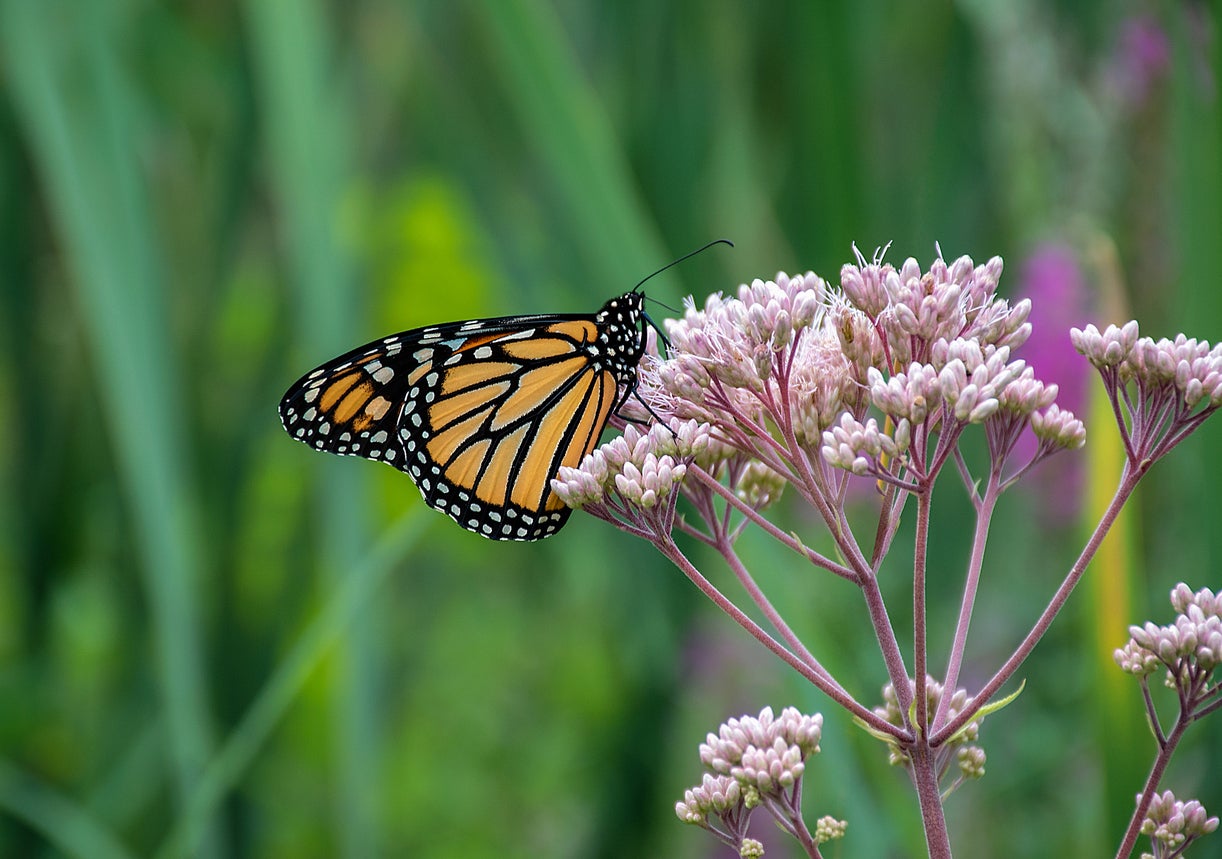

Milkweed is among the primary plants to draw the Monarch butterfly to our yards. We all love to see them flitting through the summer flowers in our beds, so we want plants to attract them and encourage them to return. Since milkweed is sometimes considered an unwanted specimen in the landscape and can be invasive, we might consider growing milkweed in a pot.
Container Grown Milkweed Plants
There are more than 100 species of milkweeds that grow in North America, and not all of them are hosts for the Monarch. Some draw Monarchs for nectar, but butterfly lovers are likely looking for those plants that encourage the dropping of tiny eggs on them. Let’s take a look at some that are native or naturalized plants and that can grow successfully in a container.
These include:
- Tropical milkweed (Asclepias curassavica) – This has naturalized in warmer areas of the U.S. and is a favorite of the Monarch butterfly. It also provides nectar for them and many other types of butterflies. Those in cooler areas may grow this as an annual plant, and it may return in protected areas, or reseed. Container grown plants sport additional branches in their second year and a long bloom period in summer.
- Whorled milkweed (Asclepias verticillata) – A larval host plant that grows in dry or sandy soils, this whorled milkweed is hardy in USDA zones 4a to 10b. This North American native blooms summer through fall and provides food for caterpillars as well as adult Monarchs and is a great milkweed in planters.
- Swamp milkweed (Asclepias incarnata) – This plant is “known to be high up in the Monarchs preference list.” Native to most of the U.S., you’ll want to include this one if you’re attempting to draw butterflies to a wet area. This specimen does not have a taproot, another advantage for container growing.
- Showy milkweed (Asclepias speciosa) – Flowers are fragrant and pretty. Best confined to a pot because of its invasive tendency. Grows in western U.S. to Canada and is equivalent to common milkweed in the east. Showy milkweed needs a five gallon (19 L.) or larger container.
How to Grow Milkweed in a Pot
Growing milkweed in containers is the preferable method of growth for some. Container-grown milkweed can be overwintered in a building or garage and placed back outside in spring.
Info suggests combining potted milkweeds with nectar-rich flowers in the same container to provide necessary nourishment to the Monarch and other butterflies. This encourages them to return to the area where containers are, so locate them near a seating area where you can best enjoy them.
Use a large plastic container for ease of moving and winter storage. Use a light-colored one that is deep, as root systems of milkweed plants can grow large. Some have large taproots. A rich and well-draining soil encourages the best performance of the plants. You can start them from seed, for a cost-effective project.
Gardening tips, videos, info and more delivered right to your inbox!
Sign up for the Gardening Know How newsletter today and receive a free copy of our e-book "How to Grow Delicious Tomatoes".

Becca Badgett was a regular contributor to Gardening Know How for ten years. Co-author of the book How to Grow an EMERGENCY Garden, Becca specializes in succulent and cactus gardening.
-
 Get Ready For A Summer Of Hummers! Grow These Full Sun Hummingbird Plants and Flowers
Get Ready For A Summer Of Hummers! Grow These Full Sun Hummingbird Plants and FlowersIf you’re lucky enough to enjoy a sunny backyard, make sure you are maxing out on your pollinator opportunities and grow these full sun hummingbird plants and flowers
By Tonya Barnett
-
 12 Lush Alternatives To A Lawn For Sustainable Spaces
12 Lush Alternatives To A Lawn For Sustainable SpacesAlternatives to a lawn are beautiful and also beneficial to your local ecosystem and its pollinators. Explore our top picks for plants to replace grass.
By Tonya Barnett
-
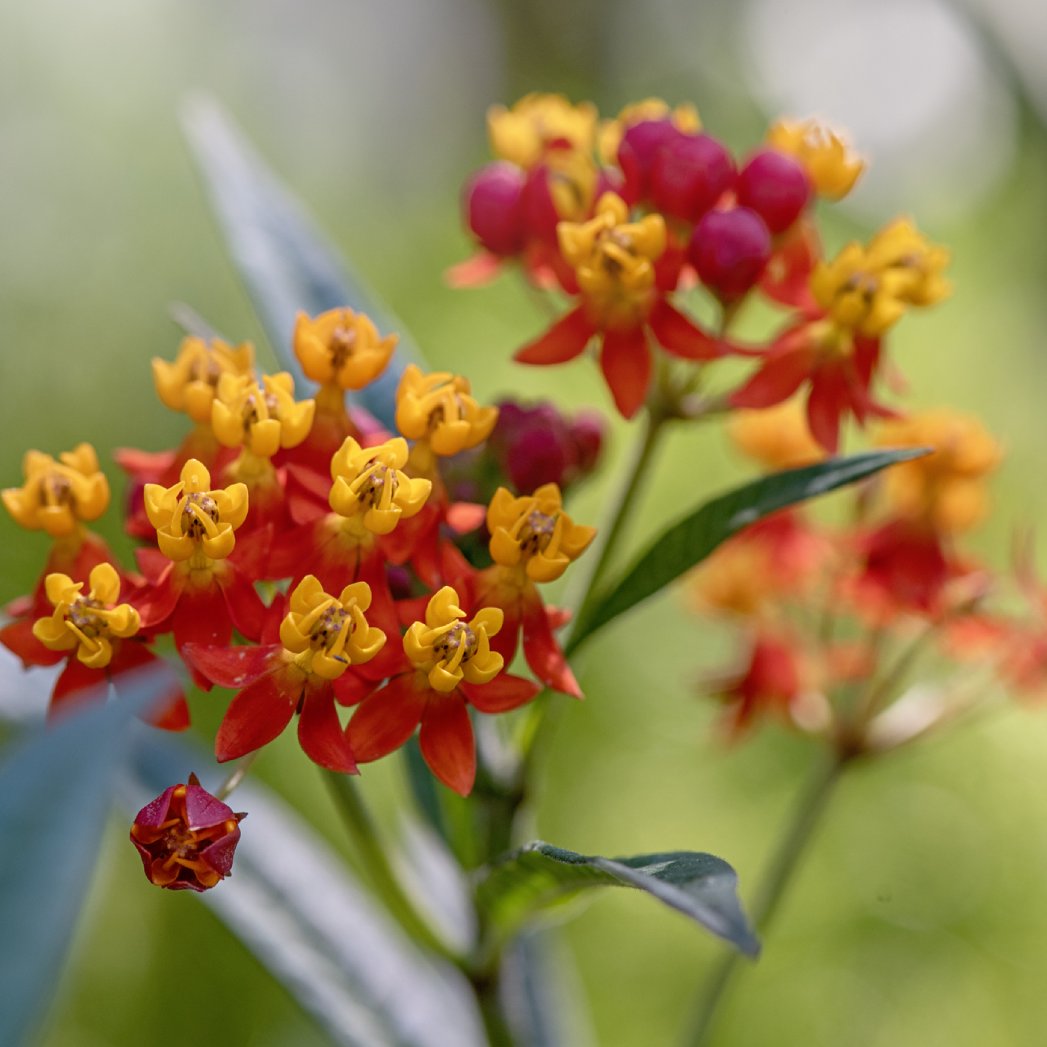 Is Tropical Milkweed Bad For Your Butterflies? What You Can Do
Is Tropical Milkweed Bad For Your Butterflies? What You Can DoTropical milkweed is a harmful plant that can trick both humans and monarch butterflies, and is contributing to declining monarch populations.
By Teo Spengler
-
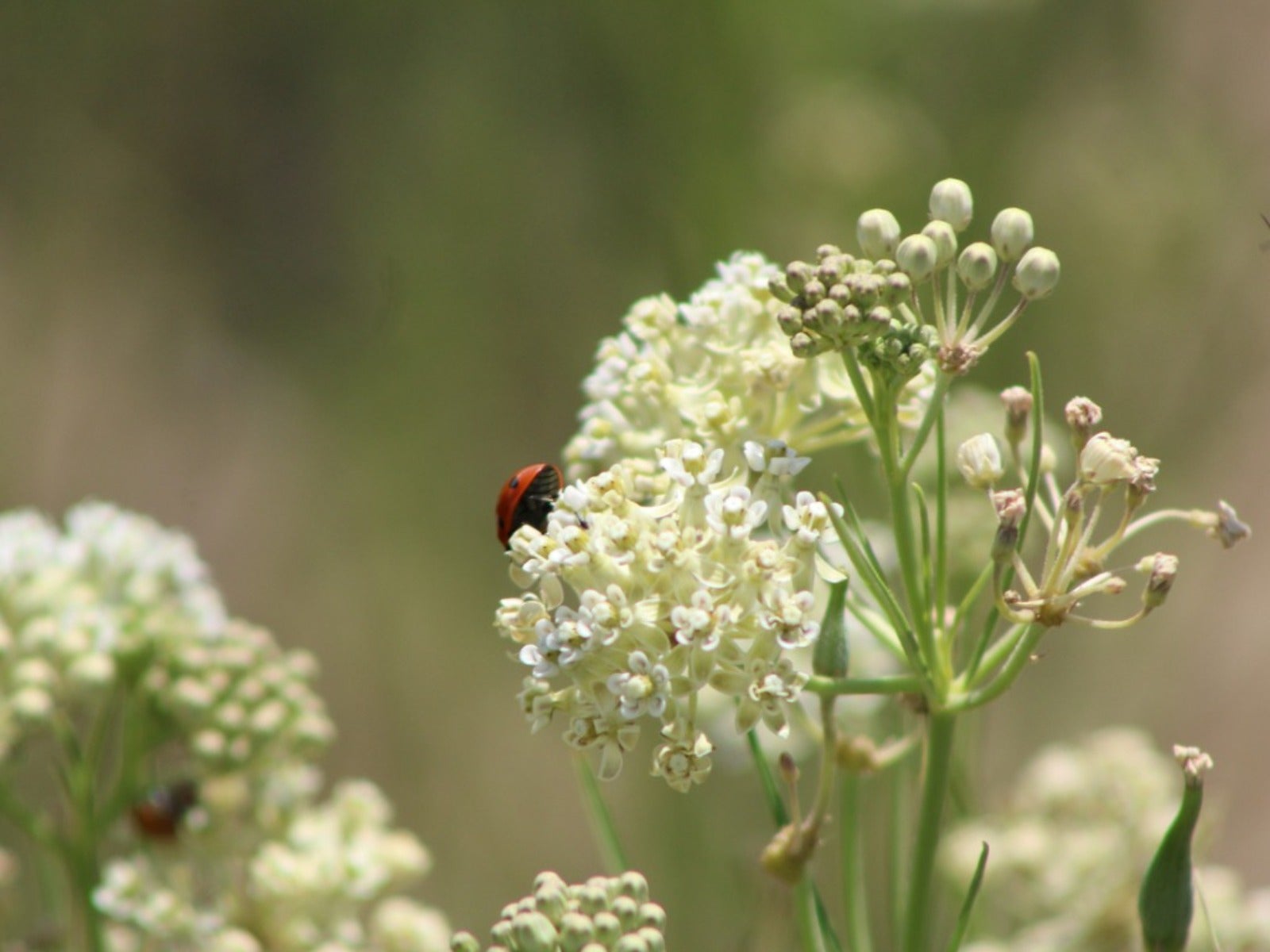 How To Grow Native Whorled Milkweed In The Garden
How To Grow Native Whorled Milkweed In The GardenWhorled milkweed is beloved by monarch butterflies, but it attracts other pollinators, too. Click to read more.
By Mary Ellen Ellis
-
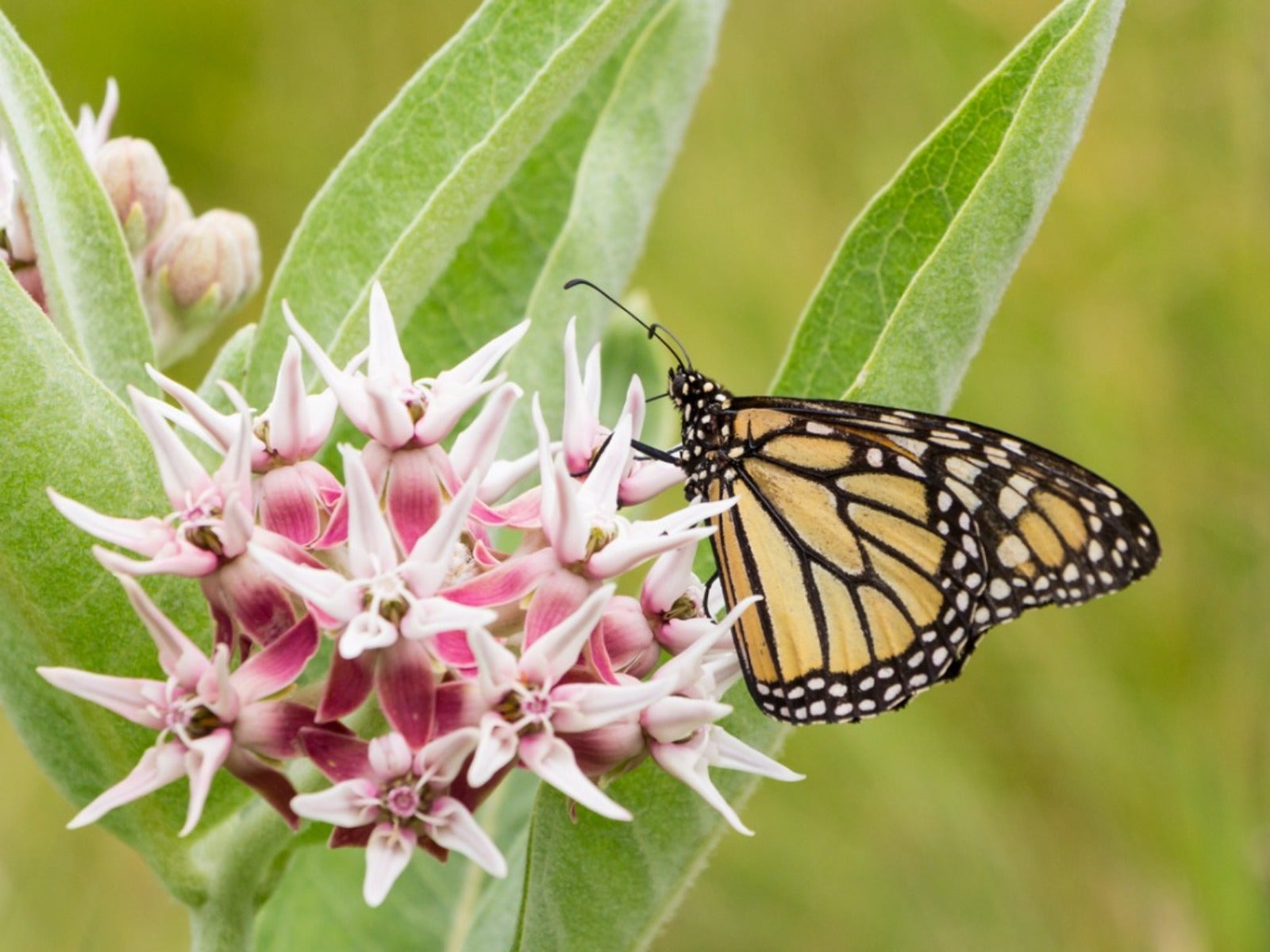 Best California Milkweed Varieties For Monarch Butterflies
Best California Milkweed Varieties For Monarch ButterfliesClick here to learn what the best milkweed varieties for California are.
By Teo Spengler
-
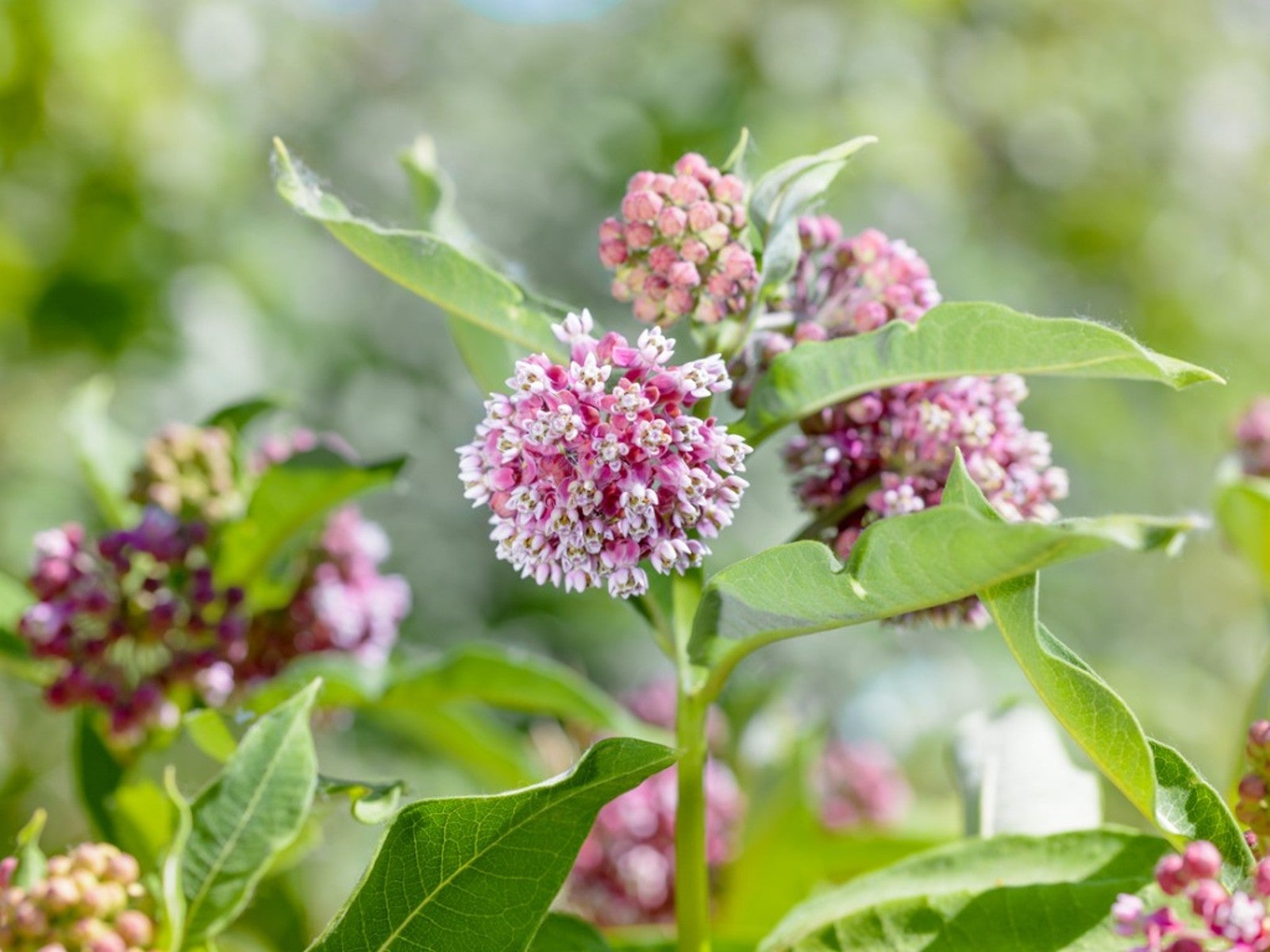 Is Milkweed Plant Poisonous To Pets, People And Livestock?
Is Milkweed Plant Poisonous To Pets, People And Livestock?Butterflies love and depend on milkweed, but the plant is toxic to other animlas. Learn about how to use it responsibly.
By Susan Albert
-
 Growing Showy Milkweed From Seed Or Cuttings
Growing Showy Milkweed From Seed Or CuttingsMilkweed is a valuable addition to gardens as a magnet for butterflies and other pollinators. Plant it from seed or cuttings, but watch out for the sap.
By Tonya Barnett
-
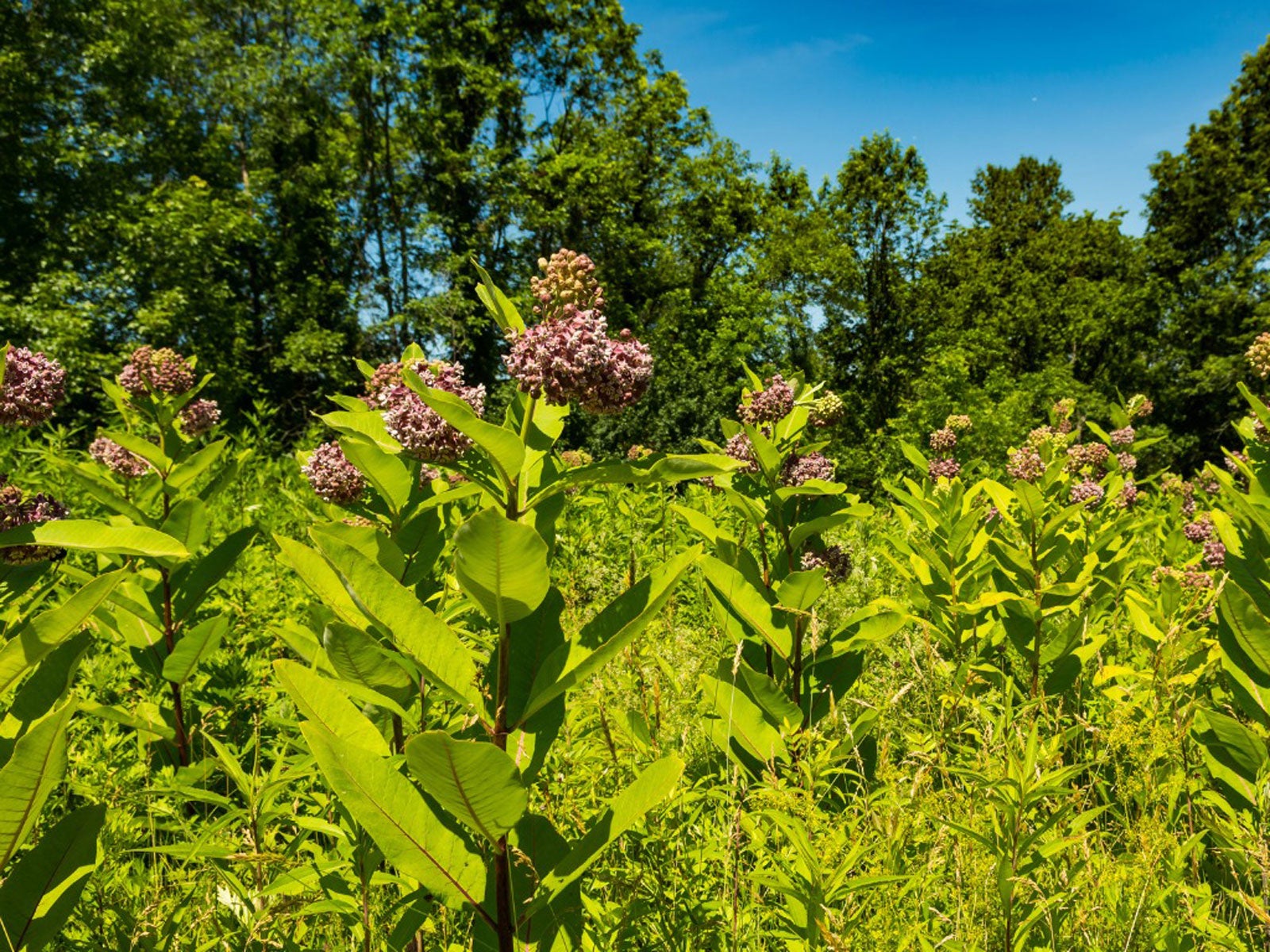 Milkweed Cutting Propagation: Learn About Rooting Milkweed Cuttings
Milkweed Cutting Propagation: Learn About Rooting Milkweed CuttingsYou may already grow milkweed if you have a butterfly garden. Starting milkweed from cuttings can increase the number of plants you have. For more information, click here.
By Laura Miller
-
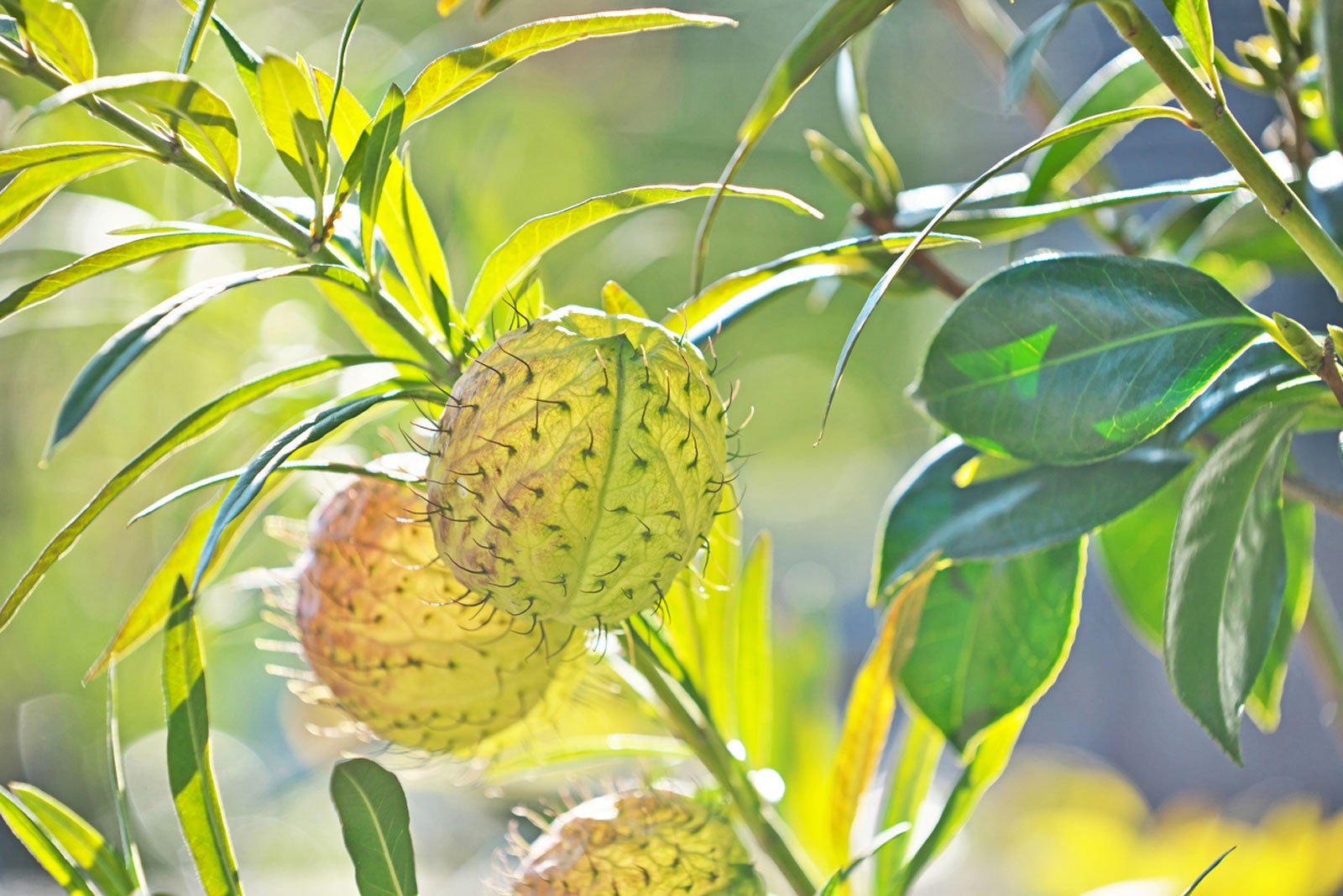 How To Grow Balloon Plants: Care Of Balloon Plants In The Garden
How To Grow Balloon Plants: Care Of Balloon Plants In The GardenLike all members of the milkweed family, the balloon plant is one of the best plants for attracting monarch butterflies. Learn more about adding the balloon plant milkweed species to your garden in this article. Click here for additional information.
By Mary H. Dyer
-
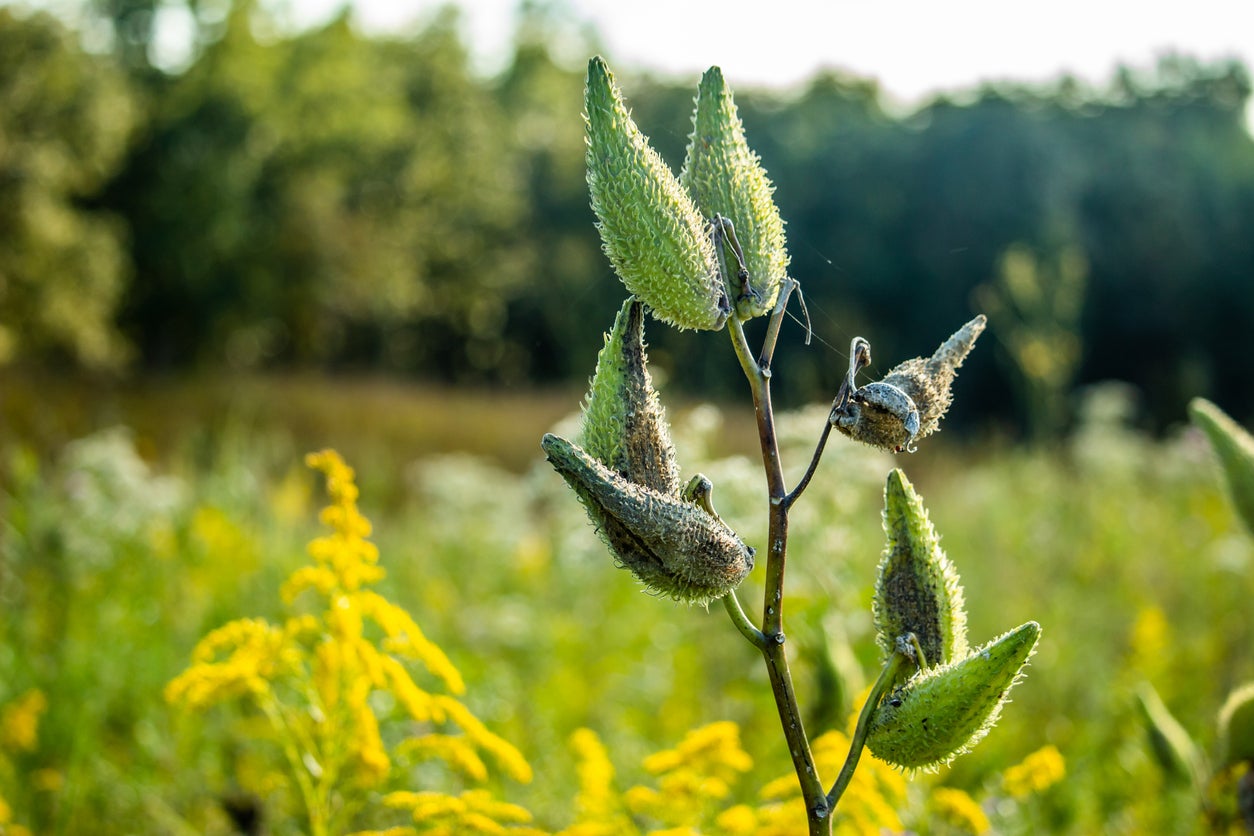 Milkweed Pruning Guide: Do I Deadhead Milkweed Plants
Milkweed Pruning Guide: Do I Deadhead Milkweed PlantsGrowing the plants will attract and feed these beautiful butterflies. But you may be asking, “should I prune milkweed.” Milkweed pruning isn’t really necessary, but deadheading milkweed can enhance appearance and encourage further flowering. Click here for more info.
By Bonnie L. Grant